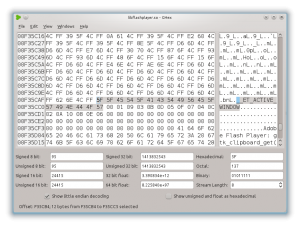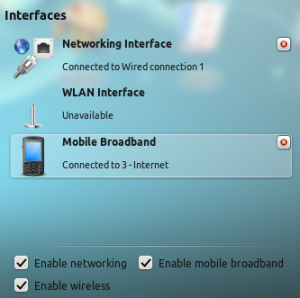 The idea for this post actually came from observing performance after moving this site over to WordPress (and to a lesser extent, my other website, General Photography). I use Puppet orchestration for my servers and I made the mistake of trying to convert everything to puppet manifests and also get things working how I wanted without fully understanding how puppet works at the same time; That however is another story. This does means that my puppet manifests are not very flexible currently and I use suphp as my main PHP handler just because for me, at the time, it was easier.
The idea for this post actually came from observing performance after moving this site over to WordPress (and to a lesser extent, my other website, General Photography). I use Puppet orchestration for my servers and I made the mistake of trying to convert everything to puppet manifests and also get things working how I wanted without fully understanding how puppet works at the same time; That however is another story. This does means that my puppet manifests are not very flexible currently and I use suphp as my main PHP handler just because for me, at the time, it was easier.
That being said – I’m fully aware of the performance issues suphp exhibits because my Observium install used it at first – it now uses mod_php because loading all the graphs was noticably slow. I thought I’d try to quantify the performance differences between suphp and mod_php and decided I should do all 3 common PHP handlers. Whilst I was gathering metrics for this I decided It’d be useful to include PHP7 results too. Read More




